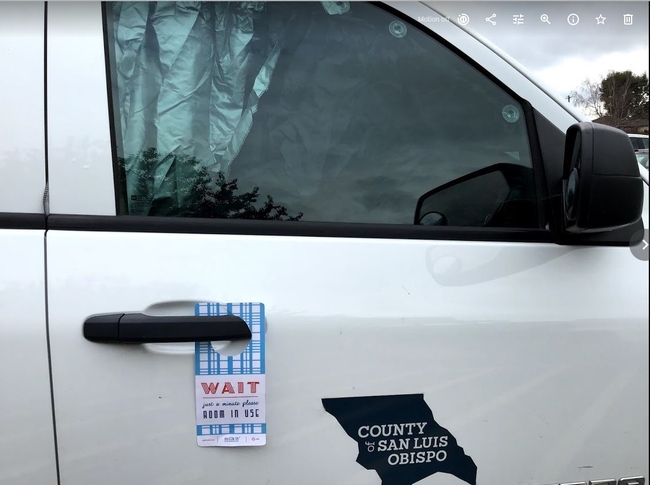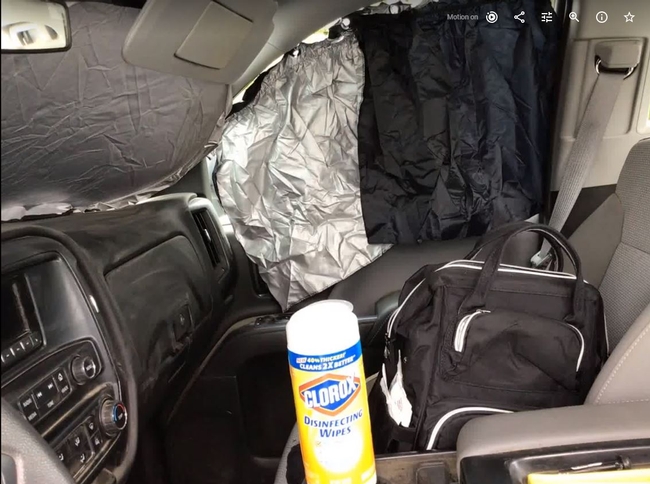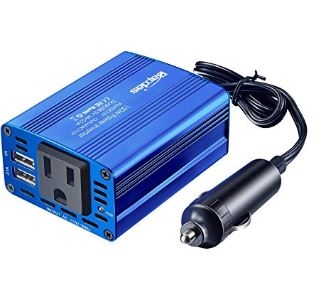How to support your breastfeeding employees when they are out in the field
New parents returning to work after the birth of a child face a lot of questions and uncertainties, particularly around breastfeeding. Should I continue to breastfeed? Will there be a space for me to pump milk in private? What will my boss and co-workers say? How many times should I pump when I am away from my baby?
Recognizing the importance of breastfeeding to the health of both parent and child, California recently passed AB 1976 to strengthen protections for working parents that want to continue to breastfeed and need to express milk (i.e., pump) at work. Starting on Jan. 1, 2019, employers must make reasonable efforts to provide a private area to pump that is not a bathroom or face fines and penalties. Prior to 2019, some employers would designate a bathroom as their lactation room, a practice that was technically “ok” so long as the toilet was behind a stall or other barrier. Now that practice is expressly prohibited and employers will need to find another space to accommodate lactating employees.
So, what happens when an employer cannot provide a permanent, private area due to operational or financial conditions? Many new parents might find themselves in just this position. Agricultural workers or field researchers may not work in a traditional office or they may find themselves at off-site locations for a large percentage of their work day. At UC Agriculture and Natural Resources, many employees travel across multiple counties delivering community health education lessons at various sites. AB 1976 includes provisions for setting up temporary lactation locations so long as the space is private, only used for that purpose while the employee is expressing milk, and otherwise meets the requirements of state law concerning lactation (again, it cannot be a bathroom).
Lactation locations when out in the field
To be compliant with state law, avoid fines and penalties and support the health of their employees, employers may need to set-up a temporary lactation station for their workers. AB 1976 specifically states that agricultural employers are compliant if they provide a “private, enclosed, and shaded space, including, but not limited to, an air-conditioned cab of a truck or tractor.”
One solution is to assemble a mobile lactation unit that employees can check out or reserve based on their pumping schedule. Mobile lactation stations can take many forms, however, some basics that should be included in a lactation unit are listed and itemized below.
Privacy screens and supplies
To be compliant, the space needs to be private and free from intrusion. When setting up the mobile station in a vehicle, you will need to have privacy screens that fit all vehicle windows front, back and sides. There are many options on the market ranging in price from $20 on up. When ordering window shades, you will need to know the make and model of the vehicle.
- Privacy screens for front, back and side windows (4 total, $21 each) = $84
- Signage and door locks to prevent intrusion or knocking
Food safety supplies
Remember, breast milk is food. Helping your employee keep their expressed breast milk safe for their baby will result in less illness and less time off work. Some basics:
- Sanitizing surface wipes: These will be used to sanitize the space including the seat, dashboard or other surfaces that may come in contact with the lactation equipment. Large container of surface sanitizing wipes = $5
- Hand sanitizing wipes: Unless there is always a sink in close proximity, your employee will want to wash their hands before and after pumping. If their hands are very dirty they will need to have a place where they can remove all dirt and debris before using the hand sanitizing wipes. Hand sanitizing wipes = $4
- Cooler bag, ice pack and thermometer for the employee to store the expressed milk safely. The cooler size and number of ice packs needed will depend on the conditions where the milk will be stored. A small cooler with one ice pack will heat up quickly on a hot day. The thermometer will give the employee peace of mind that the milk stayed below 40 degrees and is safe for the child. Leaving/storing a cooler with expressed milk in the trunk or interior of car will increase the temperature in the cooler more quickly. Instead, find a shaded location when possible. 1 cooler bag (approx. $15) + ice packs (approx. $8) + cooler thermometer (approx. $2) = $25
- Backpack or bag: To store these items when the lactation space is being used for other purposes (e.g., driving), you will need a backpack or bag. Costs can vary, however, the bag should be large enough to fully contain all of the items and ensure that they are not contaminated by other materials that may be placed around or near the supplies. You will want it to have a zipper and an easy-to-clean material on the outside and inside (e.g., vinyl or plastic-coated fabric). Cost is variable $5 to $150 depending on your style and budget needs.
- Closed trash receptacle for all used cleaning wipes. Approx. $5
Additional item
Adapter for vehicle: Assuming employees have their own pump and equipment, a nice touch is to include an adapter in the kit. An inverter that adapts a car plug to a regular outlet will ensure that the kit is compatible for many different brands of electric pumps. (Approx. $20-$30)
Support for breastfeeding employees is not only a company perk, it's the law. Under certain circumstances, employers can set-up these mobile lactation stations for their field-based employees for under $150. What better way to promote employee health, avoid fines and penalties and support local families?




